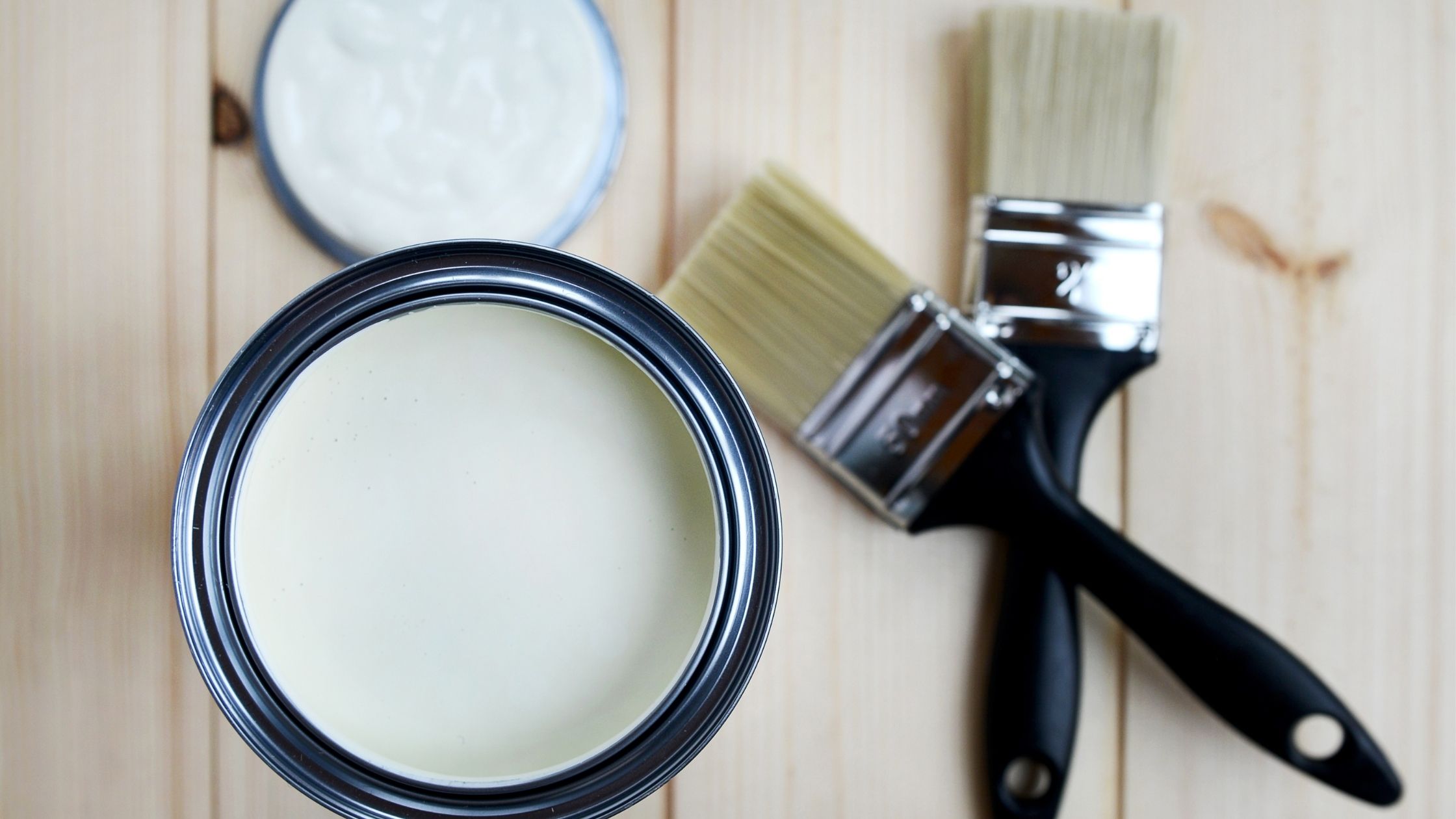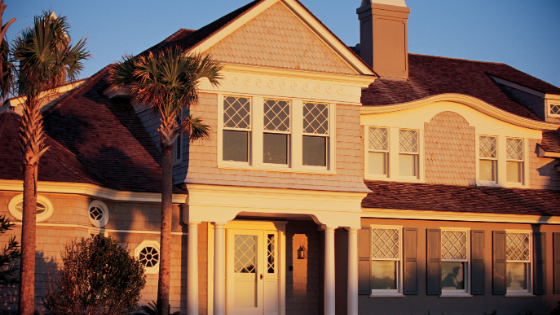Painting is a great way to breathe new life into your home or business, from exterior siding to interior details and everything in between. However, before you start your next painting project, it’s important to know which paint is best for different surfaces and locations in and around your home. Here’s a look at the differences between interior paints and exterior paints.
The Similarities
Before we dive into the differences between interior and exterior paints, it’s helpful to understand the similarities they share. All paints are made of pigments, resins, solvents and additives. Pigment is used to give paint its colour and can be made of finely ground organic or synthetic materials. Resins are used to bind the paint to the surfaces that are being painted. A solvent is a liquid that is added to paint to make it easier to apply and is generally either water (found in latex and acrylic paints) or mineral spirits (found in oil-based paints). Additives give paint specific properties, like being resistant to moisture or faster drying times.
While all paints have resins, they don’t all contain the same resins. The same can be said about pigments, solvents and additives. To ensure that interior paint achieves great results indoors and exterior paint can achieve great results outdoors, each time of paint has a different formula.
The Difference Between Interior and Exterior Paints
While interior paint and exterior paint are both designed to bring colour and style to your home, there’s a difference in how they accomplish this task. Interior paint is designed to make your home look its best through resistance to stains and scrubbing, ensuring it looks great even after cleaning. Exterior paints are designed to make the exterior of your home look its best while resisting fading, cracking, mildew and other issues brought on by the exposure to mother nature’s elements. Here’s a look at how interior paint and exterior paint different when it comes to pigments, resins, solvents and additives.
Pigments
Paint gets its colour from pigments which are finely ground materials. There is organic pigment, which tends to be brighter in colour, and synthetic pigment which tends to have a duller colour. Organic pigment is typically used in interior paints, while synthetic is typically used in exterior paint
Organic paints are safer to breathe and don’t have harsh odours, making them a great choice for interior painting projects. Some organic pigments will fade in the sun, so they are not ideal for outdoor projects.
Pigment in exterior paint needs to be more durable and able to withstand the elements. For this reason, exterior paints are often made with synthetic pigments, which aren’t as likely to fade in the sun or heat. However, synthetic pigment can create harsh odours that you wouldn’t want inside your home, so it’s best to use these for exterior use only.
Resins
Resin is the component in paint that binds the pigment to the surfaces that are being painted. Resins are commonly made of acrylic, epoxy, or silicone. Since exterior paint is exposed to the elements, it’s resin must be softer and more flexible, allowing it to adjust as the material it covers expands or contracts with changing temperatures. Resin in exterior paint is also designed to resist cracking, moisture and more. Additionally, resin in outdoor paint cures with sunlight, while resin in interior paints does not.
Alternatively, interior paint isn’t exposed to direct sunlight, rain and other weather conditions, so it’s resin is generally more rigid which helps prevent damage from scuffs and makes it easier to clean.
Solvents
A solvent is added to paint to make it easier to use and spread around. Water-based paint is made with water as a solvent. Examples of water-based paint include acrylic paint and latex paint and can be used indoors and outdoors.
Oil-based paints are usually made with mineral spirits as a solvent. These paints are typical used outdoors. Oil-based paints have a strong odour and can be more difficult to clean, making them best suited for exterior projects. Oil-based paints also tend to have a longer drying time, making them less suitable for indoor use.
Additives
Additives are substances added to paints to give them certain characteristics. For example, exterior paints have additives that protect the paint from the elements, such as water resistance or mildew resistance. Since interior paints don’t need to be able to withstand severe weather, they generally don’t have these additives.
Additionally, since indoor paint doesn’t have the additives required to stand up to the elements, it would not stain in top condition outside for long as exterior paint is specifically created with the weather in mind.
If you’re unsure which paint to choose, or simply don’t want to spend your time painting your home yourself, give our team at Prorise Painting a call. We offer residential and commercial painting services, as well as an industry-leading warranty on most projects and professional results.





